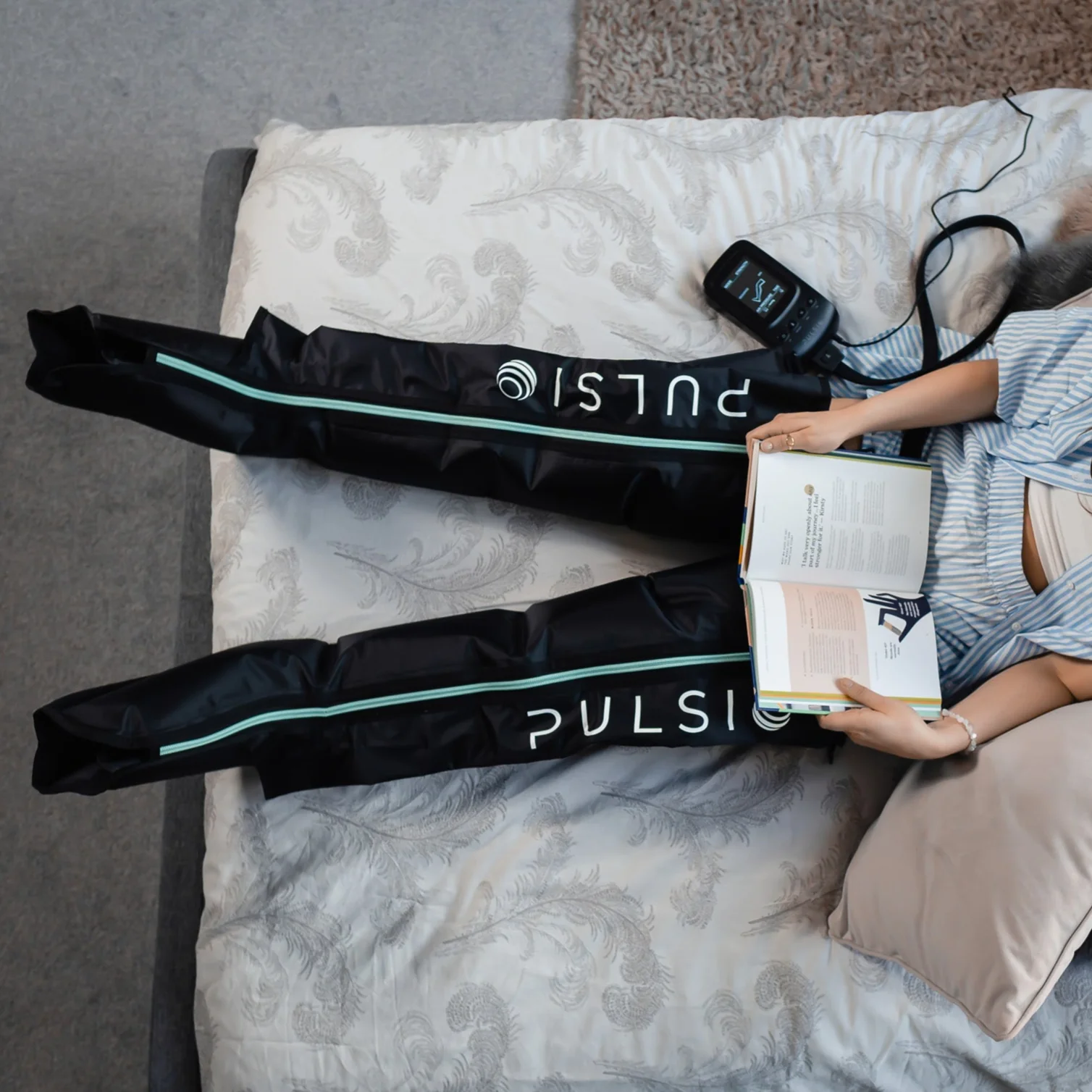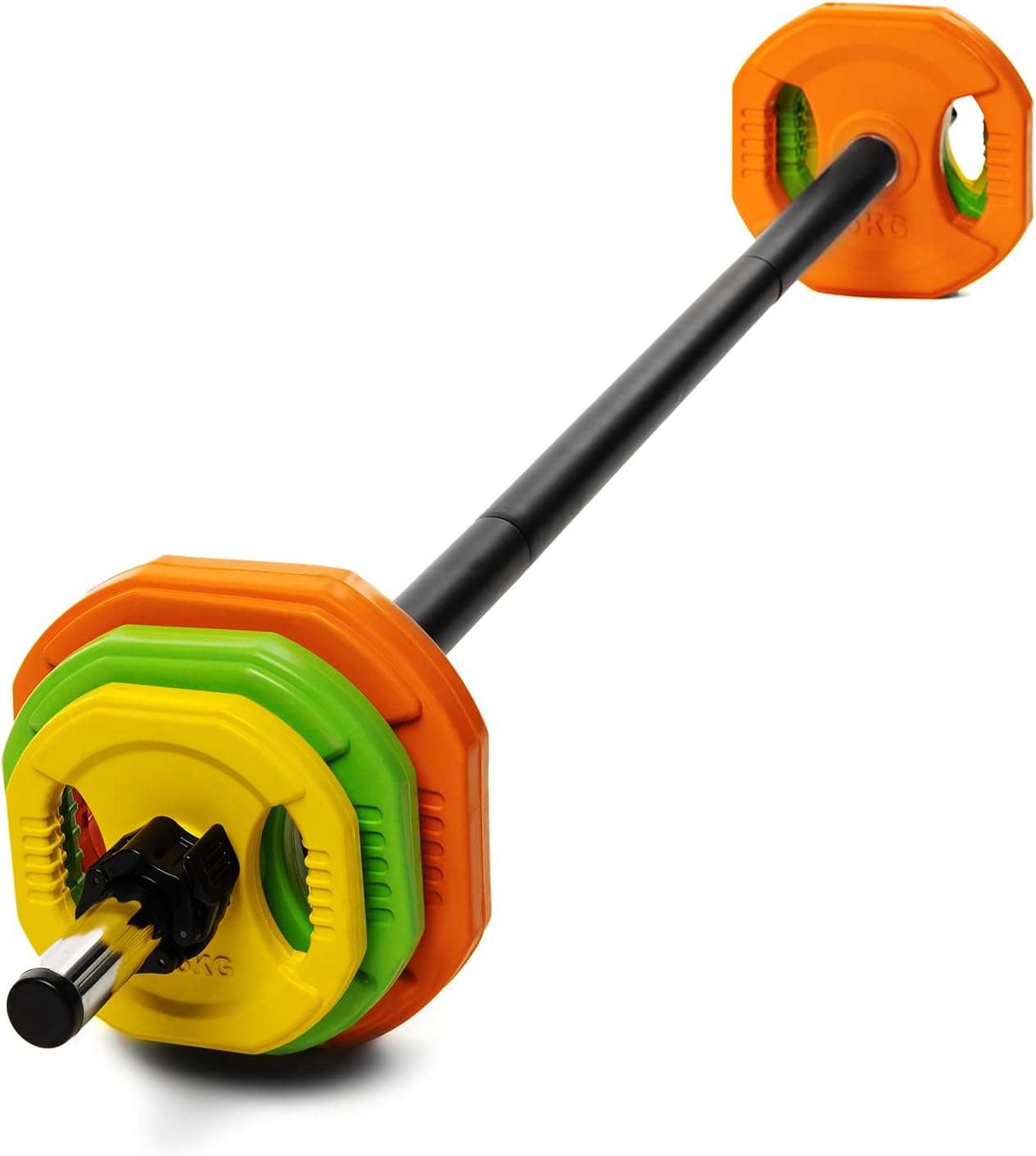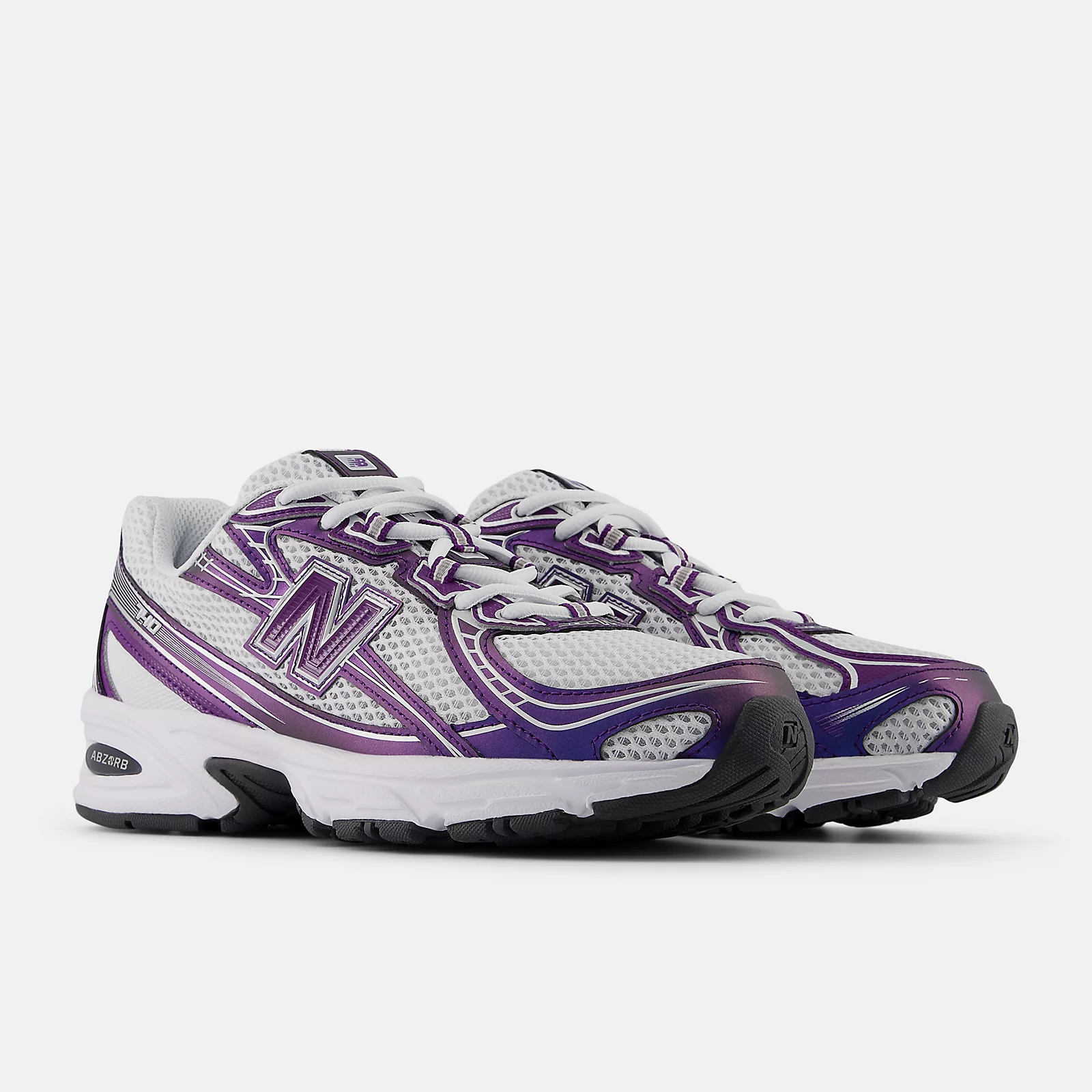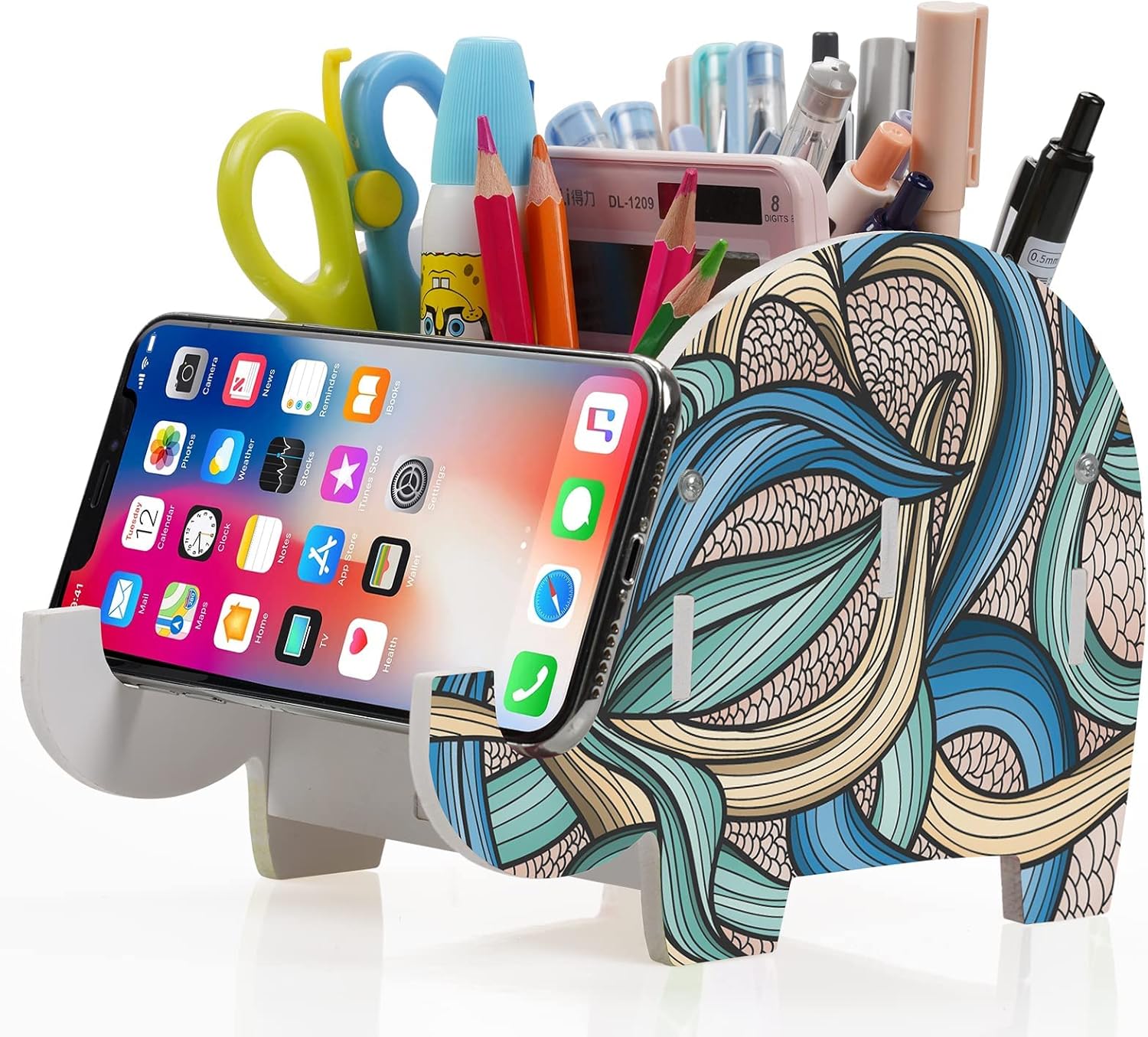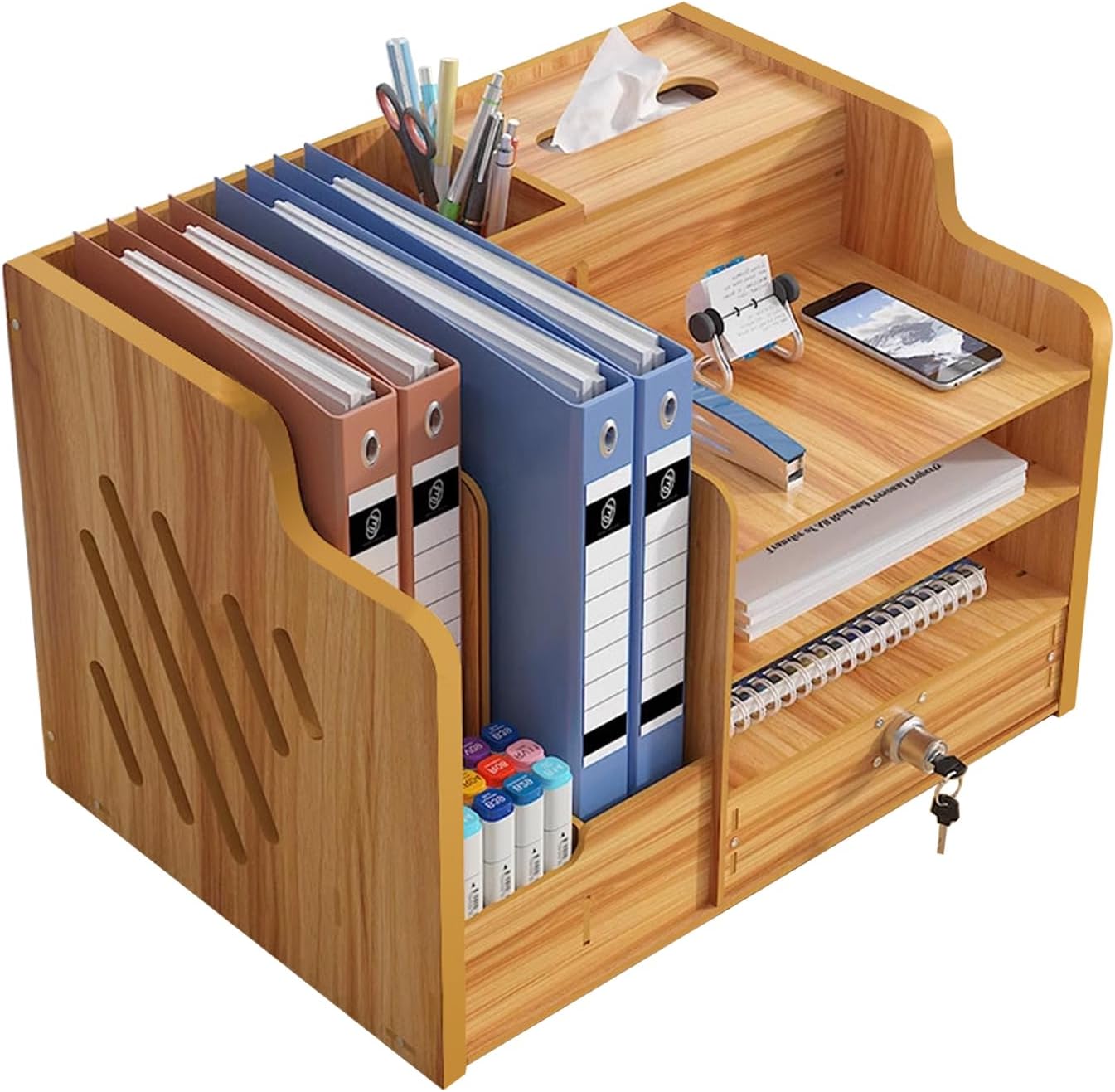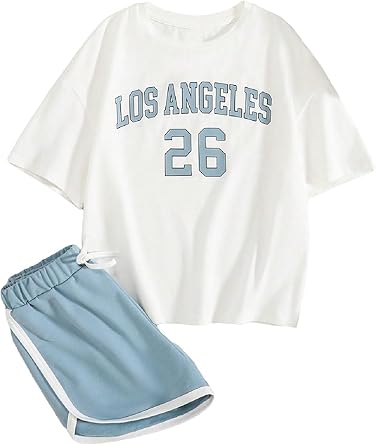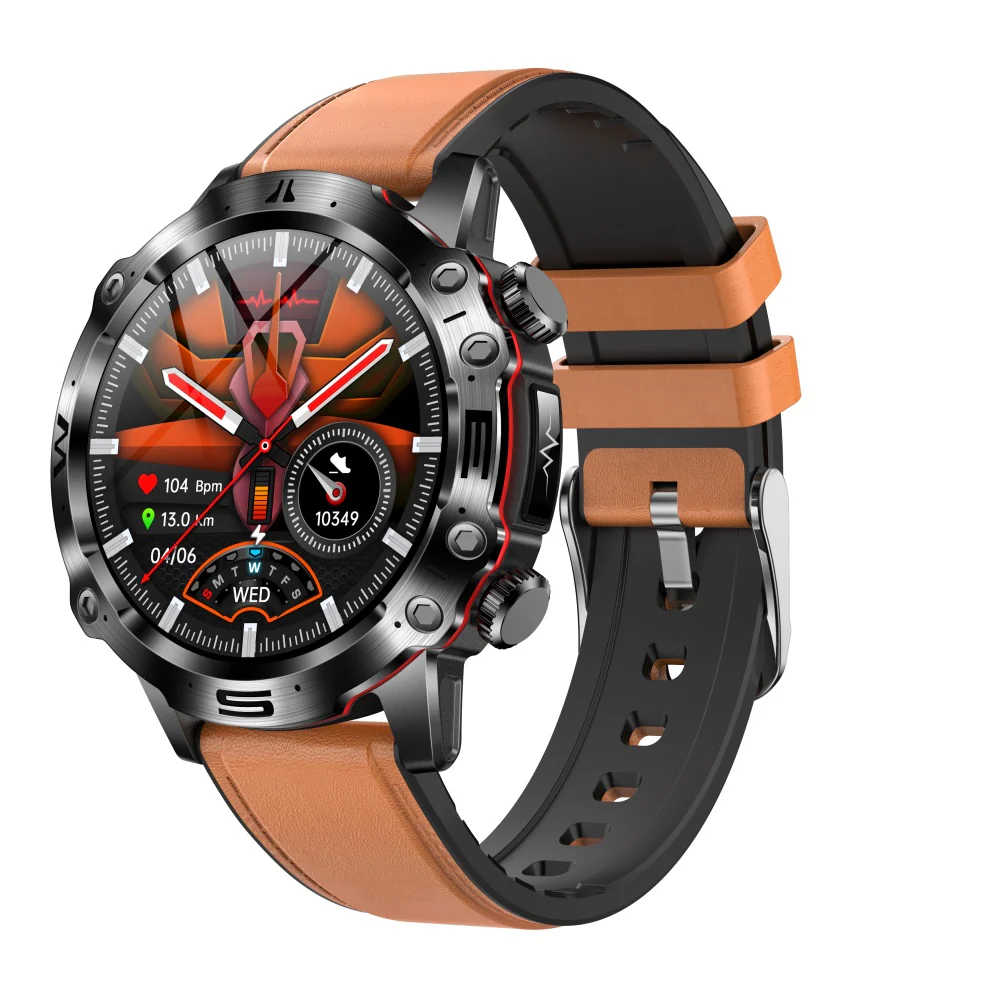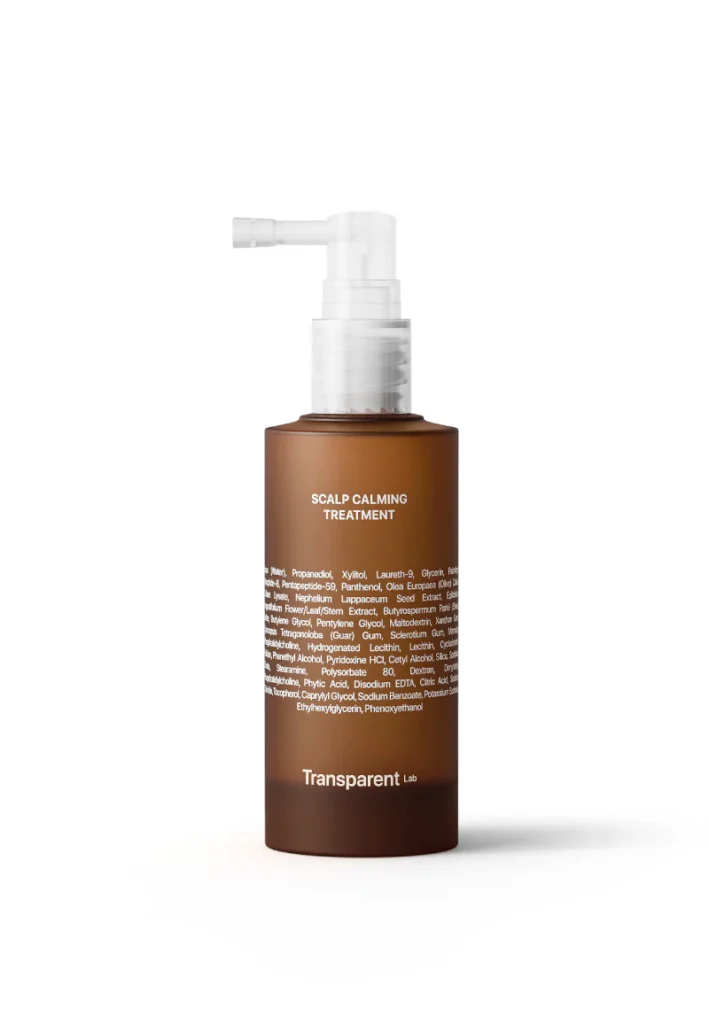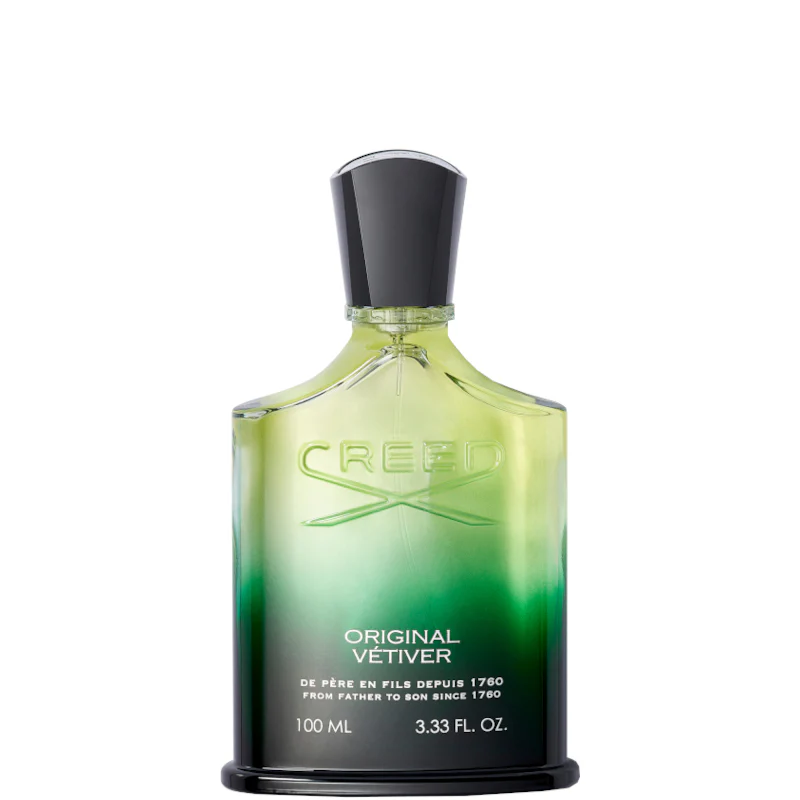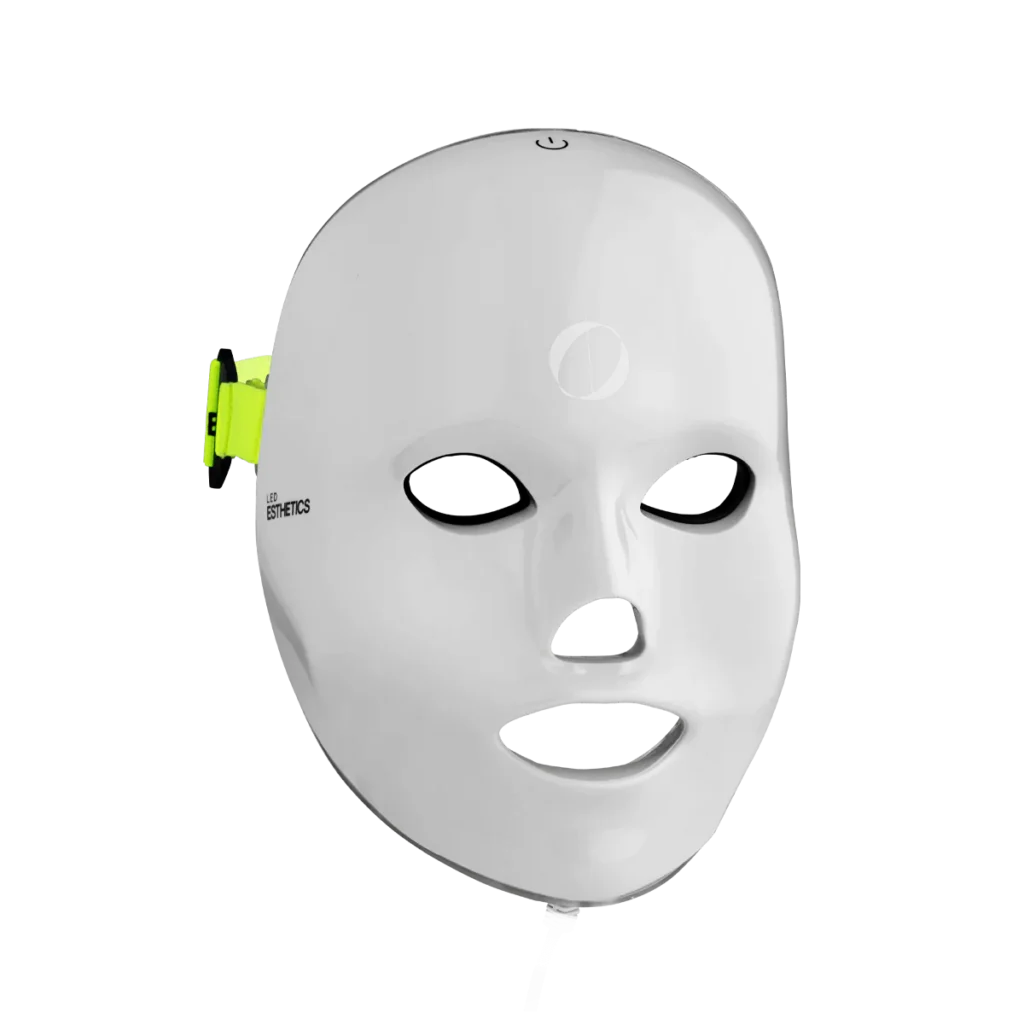Leg day hits different when stairs become a boss level. Soreness, slow legs, and lingering heaviness can steal tomorrow’s workout before it even starts. In this article, we’ll make recovery feel simple and science-backed by breaking down how the Pulsio Compression Therapy Devices work, who benefits most, and exactly how to use them (intensity, timing, and placement) to unlock fresher legs in less time. If you’ve wondered whether those air-inflating “boots” are worth it—spoiler: used right, they are.
Shop Pulsio Compression Therapy Devices
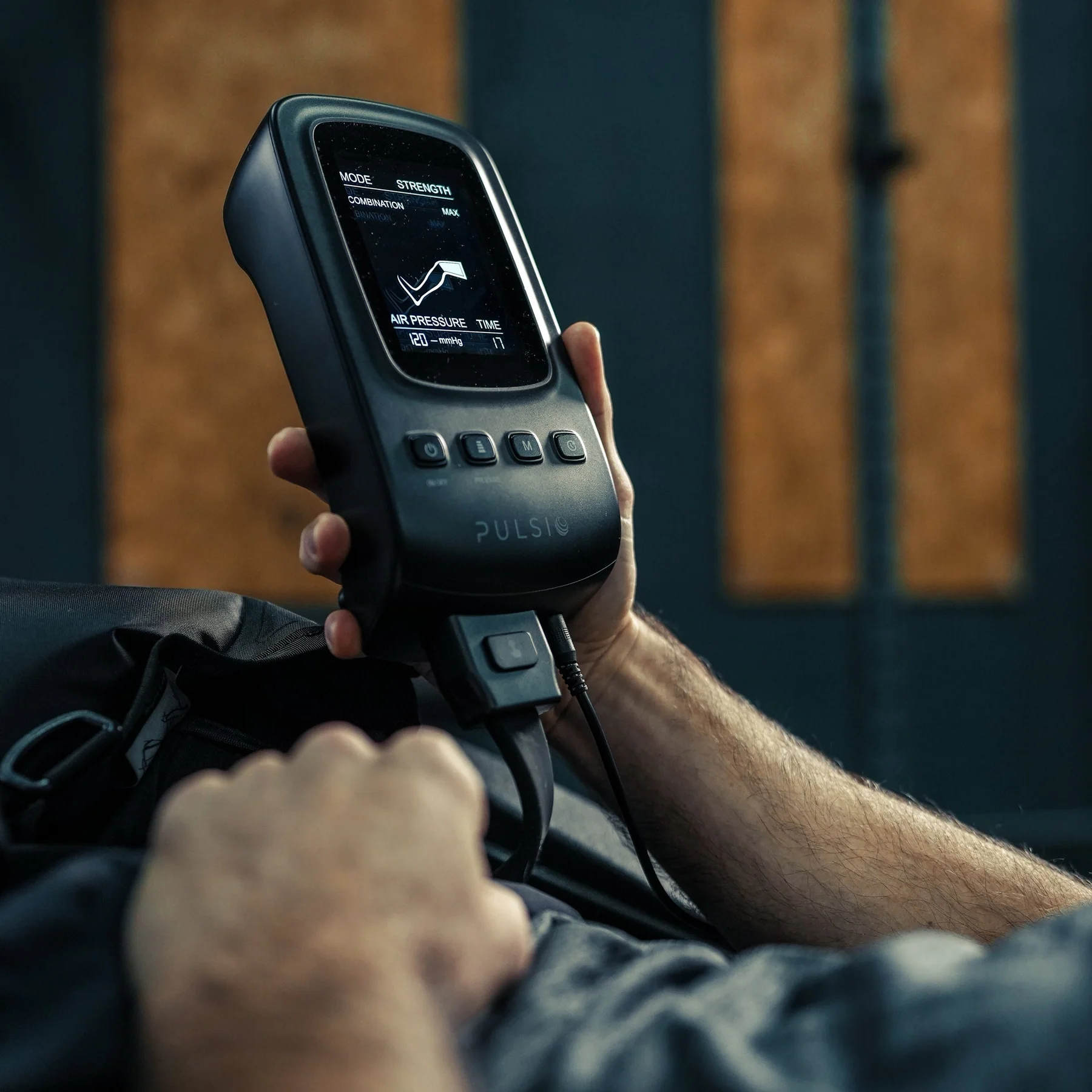
What Compression Therapy Actually Does (in normal-people terms)
Pneumatic compression is a rhythmic “squeeze and release” massage. Chambers in the sleeves or boots inflate in a wave, starting near the foot and moving up the limb. That wave helps mobilize excess fluid, supports venous return, and nudges metabolic by-products (the stuff that makes muscles feel heavy) toward your body’s natural clearance systems. The Pulsio Compression Therapy Devices package this clinical idea into a tidy, at-home format—no appointment, no waiting room, just plug in, zip up, and press start.
Who Gains the Most from At-Home Compression?
-
Runners & triathletes: post-long run or brick session, when calves and quads feel cemented.
-
Strength athletes: after heavy squats, lunges, or volume blocks that light up the adductors and glutes.
-
Court & field players: back-to-back games or tournaments with limited recovery windows.
-
Standing pros (retail, med, hospitality): swelling and fatigue from long shifts on hard floors.
-
Travelers: plane-leg sluggishness; compression is a civilized antidote to cramped cabins.
If your legs regularly feel one step behind your training plan or workday, the Pulsio Compression Therapy Devices give you a passive recovery tool that fits any schedule.
Shop Pulsio Compression Therapy Devices
Settings Decoded: Pressure, Modes, and Session Length
Think of settings like brewing coffee—you want enough extraction (pressure) and the right duration, without going bitter (overdoing it).
-
Pressure: Start moderate. You should feel firm squeezing, never numbness or pain. If your feet tingle or toes pale, reduce the pressure and re-seat the boots.
-
Modes: Most systems offer sequential waves, holds, and cyclical patterns. Begin with a sequential wave mode for all-purpose recovery; add hold/pulse modes when you crave deeper “flush” after brutal sessions.
-
Time: 15–25 minutes is a sweet spot for daily use; 30–40 minutes on peak load days. More isn’t always better—consistency wins.
Pro move: log your setting + duration next to your training notes. Over a couple of weeks, you’ll see what your legs love at different loads.
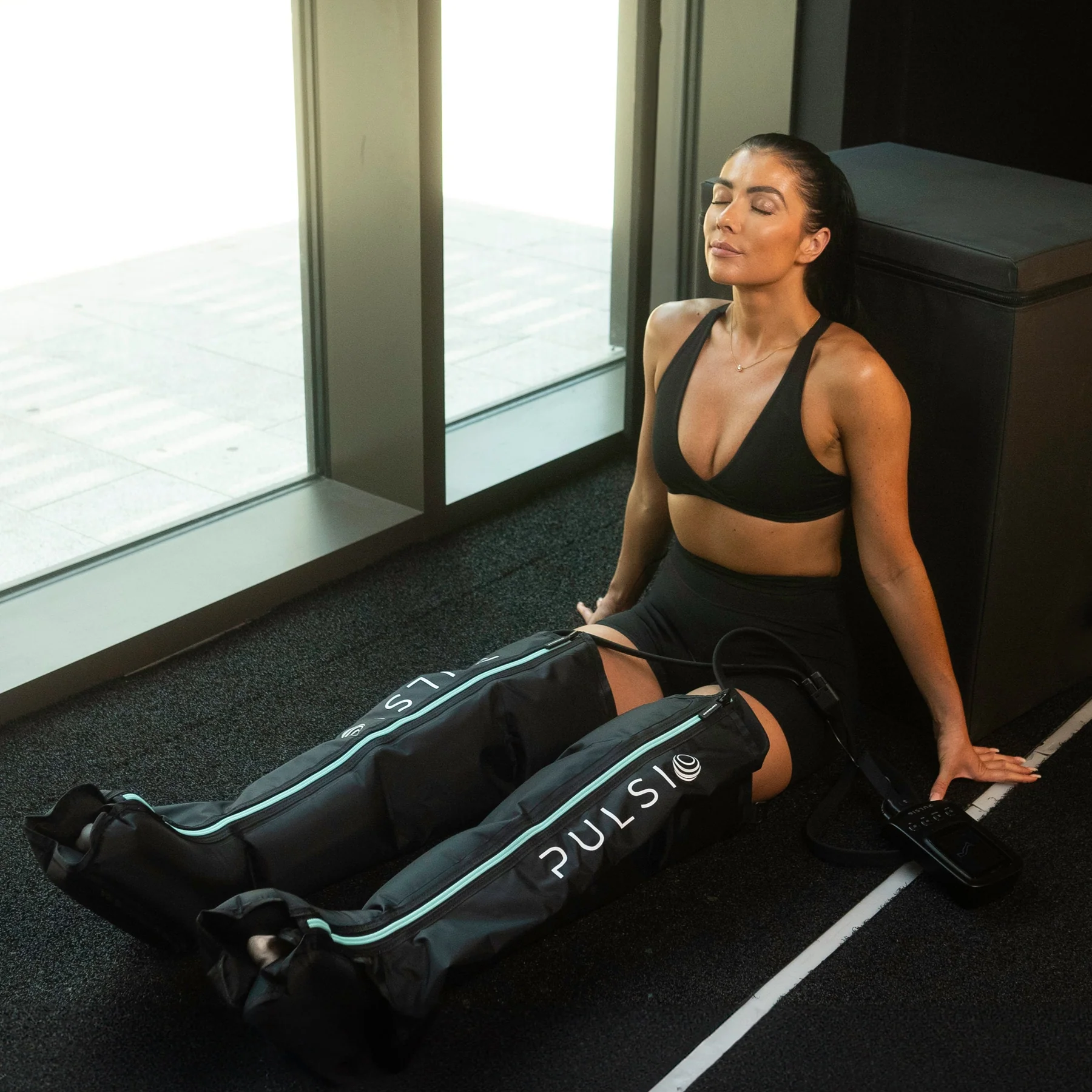
Where Compression Fits in Your Week
-
Right after training (or same day, later): speeds the “back to neutral” feeling.
-
Evening wind-down: pair with protein and hydration for a low-effort reset while you watch, read, or scroll.
-
Between double sessions: fast “lightness restore” before the next effort.
-
Rest days: keep light lymph flow without mechanical strain—especially helpful if you sit a lot.
The Pulsio Compression Therapy Devices shine because they ask almost nothing of you—just time in the boots. That low friction makes habit formation easy.
Shop Pulsio Compression Therapy Devices
Pairing With Other Recovery Tools (without overthinking it)
-
Hydration + electrolytes: Compression mobilizes fluid; give your body the water and minerals to move it.
-
Protein timing: hit your protein window within 60–90 minutes post-training; the boots help comfort, the protein helps rebuild.
-
Active recovery: short walks or light spins complement compression by keeping circulation nudged throughout the day.
-
Mobility: post-session compression followed by 5–8 minutes of targeted mobility (hips/ankles) keeps range of motion unlocked.
You don’t need a spa day’s worth of steps—just stack two or three small wins around the Pulsio Compression Therapy Devices and call it elite consistency.
Technique & Fit: Get the Basics Right
-
Sizing: The boots should reach near the top of your thigh without digging. Too short and you lose the “full wave;” too long and the top cuff can pinch.
-
Position: Sit reclined or feet slightly elevated. A gentle elevation helps venous return while the device runs its sequence.
-
Clothing: Thin leggings or bare legs are fine—avoid bulky seams that create pressure ridges.
-
Zip & seal: Smooth fabric, align the zipper, and make sure the foot chamber is snug so the wave starts where it should.
- First minute check: After the first inflation, wiggle toes. If anything goes numb, pause, adjust, reduce pressure, and restart.
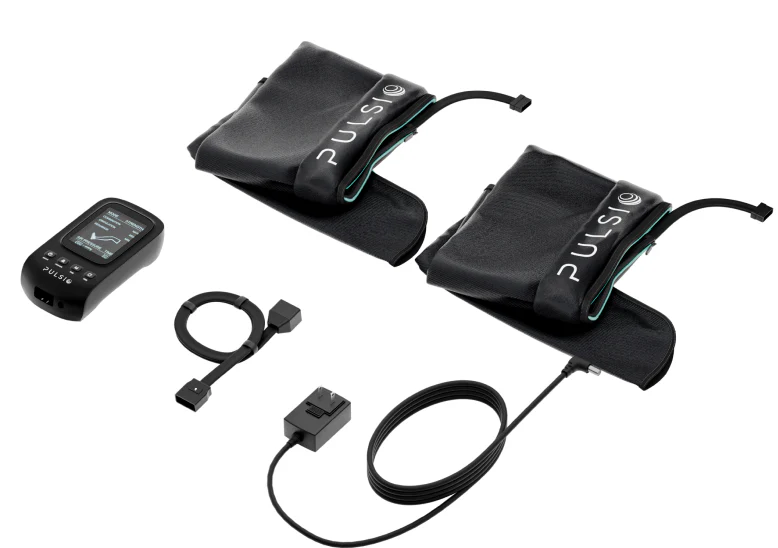
Real-Life Use Cases (so it doesn’t become “that gadget”)
-
Sunday long run → boots + smoothie: 20–30 minutes at moderate pressure while you refuel.
-
Leg day with RDLs + split squats: quick 15-minute flush before dinner to tame next-day stairs.
-
Tournament days: 2×15 minutes—midday between matches and in the evening.
-
Desk-bound week: 20 minutes after work on Mon/Wed/Fri to counteract chair time.
The pattern matters less than the repeatability. The more your body expects post-effort compression, the less drama your next session brings.
Shop Pulsio Compression Therapy Devices
Safety Notes & When to Ask a Pro
Compression therapy is generally safe for healthy users, but check with a clinician if you have: a history of DVT, active infection, uncontrolled hypertension, severe peripheral neuropathy, advanced diabetes complications, or are pregnant. Stop immediately if you feel sharp pain, unusual swelling above the sleeve, or persistent numbness.
Myths, Debunked
-
“It replaces a cool-down.” Not quite. It complements it. Keep your 5–8 minute walk or easy spin.
-
“Higher pressure = faster recovery.” Past “firm,” benefits plateau and comfort drops. Find your personal sweet spot.
-
“Only for elites.” Weekend warriors and shift workers often notice the biggest day-to-day gains—less heaviness, better readiness.
-
“I’ll get lazy with mobility.” You won’t if you keep mobility tiny and automatic—2 hip drills + 2 ankle drills after the boots.
Travel & Storage Tips (so you actually use them)
-
Packing: If you’re road-tripping to races, coil the hose gently and roll the boots; place them along suitcase edges to protect the chambers.
-
Power: Keep the charger in the same pouch every time; label it so it doesn’t become a “mystery cable.”
-
Cleanliness: Wipe interior surfaces with a mild, unscented wipe; let air-dry unzipped.
-
Home base: Store the Pulsio Compression Therapy Devices within reach of your sofa or desk. Visibility = usage.
Signs It’s Working (beyond “feels nice”)
-
Lower perceived heaviness on first steps the morning after hard sessions.
-
Fewer “cement calves” on back-to-back training days.
-
More reliable pacing early in runs/rides, especially after strength work.
-
Less ankle/foot puffiness after long stints standing or flying.
Track a simple 1–10 “leg freshness” score in your training app. You’ll spot the pattern in two weeks.
Shop Pulsio Compression Therapy Devices
Troubleshooting Quick Guide
-
Numb toes or tingling: Pressure too high or foot chamber twisted. Re-seat, reduce pressure, try again.
-
Red marks at cuff: Slight over-tightening or fabric fold; smooth and refasten with even tension.
-
“No difference” feeling: Bump duration by 5 minutes, try a different mode, or schedule sessions closer to the workout.
-
Calf still tight: After compression, add 60 seconds of gentle calf raises and ankle circles; sometimes the tissue needs a bit of active coaxing.
A Simple 7-Day Recovery Template
-
Mon (tempo run/HIIT): 20 min compression + 5 min mobility.
-
Tue (easy): optional 15 min compression in the evening.
-
Wed (heavy lower): 25–30 min compression + protein + electrolytes.
-
Thu (recovery): walk + light mobility, skip or 10–15 min compression.
-
Fri (skills/speed): 20 min compression mid-day or evening.
-
Sat (long/comp): 30–40 min compression within 2 hours post-effort.
-
Sun (rest): 15–20 min if legs feel “full,” otherwise off.
Keep it flexible. Consistency beats perfection.
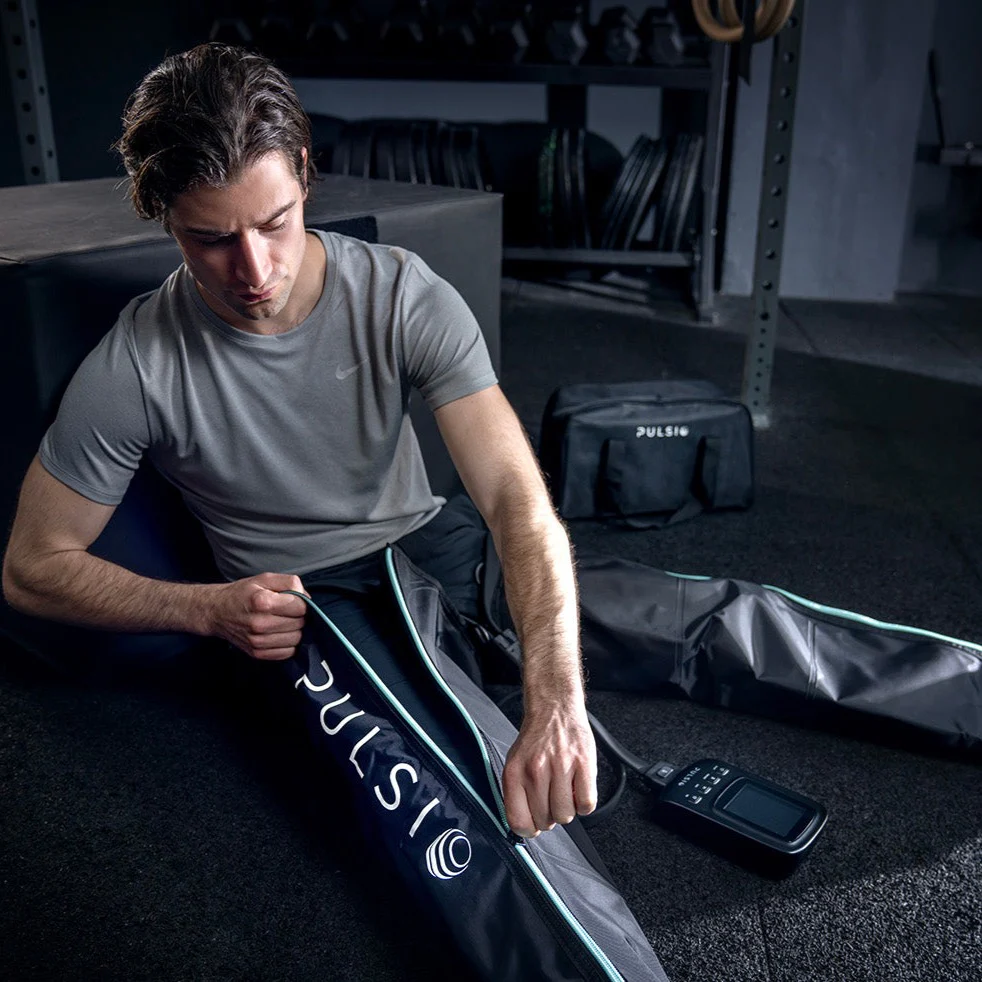
Conclusion
Recovery isn’t glamorous—it’s practical. When your tools are simple and repeatable, you show up fresher, more often. The Pulsio Compression Therapy Devices take a proven circulation-boosting concept and wrap it in home-friendly design so you can recover while you rest—no extra logistics, no noise. Start moderate, log your settings, stack tiny habits (hydrate, protein, 5 minutes of mobility), and enjoy how much more training you can string together without feeling wrecked. Your legs don’t need heroics—they need a routine.
Shop Pulsio Compression Therapy Devices
FAQ
-
When should I use compression—before or after training?
After is best for most people; it pairs nicely with refueling. Light pre-session use can help if you feel stiff, but keep pressure low. -
How hard should the squeeze feel?
Firm but comfortable. If you feel numbness, pins-and-needles, or color changes, pause and reduce pressure. -
How long should a session be?
15–25 minutes for daily recovery; up to ~40 minutes after especially demanding efforts. -
Can I use it every day?
Yes, assuming no contraindications. Many athletes use it 4–7 days per week with no issues. -
Does it replace stretching or mobility?
No—think “and,” not “or.” Keep a tiny mobility routine (5–8 minutes) to maintain range of motion. -
What mode should beginners choose?
Start with sequential wave mode; it’s the most universally comfortable and effective. -
Is it safe if I have a medical condition?
Consult a clinician if you have circulatory disorders, a history of DVT, active infection, severe neuropathy, or are pregnant. -
How soon will I notice results?
Many feel lighter legs after the first use; consistent benefits stack over 1–2 weeks of regular sessions. -
What else improves results?
Hydration with electrolytes, adequate protein, sleep, and short active recovery walks. -
How do I clean and store the device?
Wipe interiors with a mild cloth, air-dry unzipped, coil hoses loosely, and store near where you’ll actually use it.


